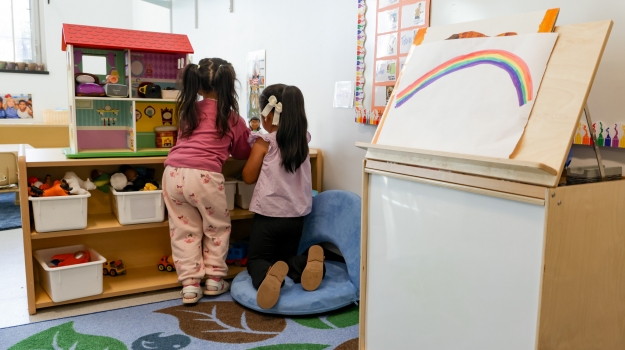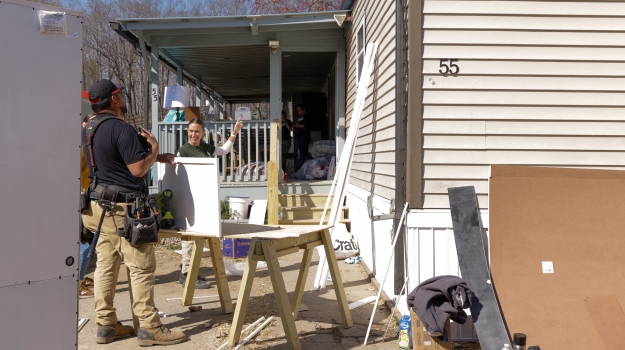Last month I wrote about ways to ask young people their opinions. Well, we’ve been practicing. We just completed community conversations with 5 different groups in Buncombe County. As part of conversations in over 35 communities around the country, our local discussions will be folded into a national report on the kind of community people want to live in and what gets in the way – particularly around young people who have dropped out of school or who are out of work.
What was shared in these Community Conversations?
The young people who talked to us provided some very useful and insightful views of where we live. There are lessons for all of us in their own words:
1. What kind of community do you want?
A. Safe – no gangs, no violence, everybody peaceful, safe for all people, don’t have to worry about fights.
B. Integrated – take division out of communities, less segregated especially based on wealth, people work at addressing the imbalances, equitable, diverse, multicultural, equal rights, no racism, no discrimination.
2. What is standing in the way of this kind of community?
A. Ourselves – our attitudes, wanting to be something we aren’t, caught up in one-track mind, wanting attention, wanting to rebel, wanting power, don’t want to get out of comfort zone, afraid of what others think, don’t feel heard.
B. Money – for programs to stop violence and gangs, for art programs, for valuable programs to keep my mind off things and makes me think about where I’m going to go.
3. What keeps young people who have dropped out of school or don’t have jobs from having a chance at a good life?
A. Attitude – I don’t care, I can do whatever I want, don’t want to get a job, feel stuck, drinking, smoking, peer pressure, pregnancy, don’t want to work for the man, why work just to pay bills, ambition didn’t develop, fear of failure, anger, frustration, negative mindset.
B. Lack of support – no support or love from family, people lose hope on them, teachers giving up on them, lack of supportive home, adults avoiding the ones going down the wrong path instead of helping them, lack of positive role models.
4. What can be done to make a difference?
A. Support for families - to take better care of their children, put the village back into the community, schools open after hours to the community, more community centers.
B. Use youth as resources - More discussion, make people feel they have a voice, give them meaningful ways to participate.
Who do youth trust?
When asked who they trust to take action on these issues, they talked first about individual adults they knew; most often staff at after-school or recreation programs. "It should be someone who’s well respected that people will listen to, one or two people who are popular and if they start leading, others will follow them." Next they mentioned parents, teachers, counselors and community groups. Generally, the young people did not identify institutions as trustworthy and they noted that it “will take a lot to bring people back to the table who have been burned”.
What does this have to do with EDUCATION?
Quality education influences the safety of a community. It can provide a level playing field for youth to become active, contributing members of a community. It can teach children to work together, to find their voice and it can include their views. Schools can be community centers, the “village”, and the support for families – especially when they work with other local groups.
Our youth have great perspectives and they are paying attention. Do you think these things can happen here? Are there some examples of success?


